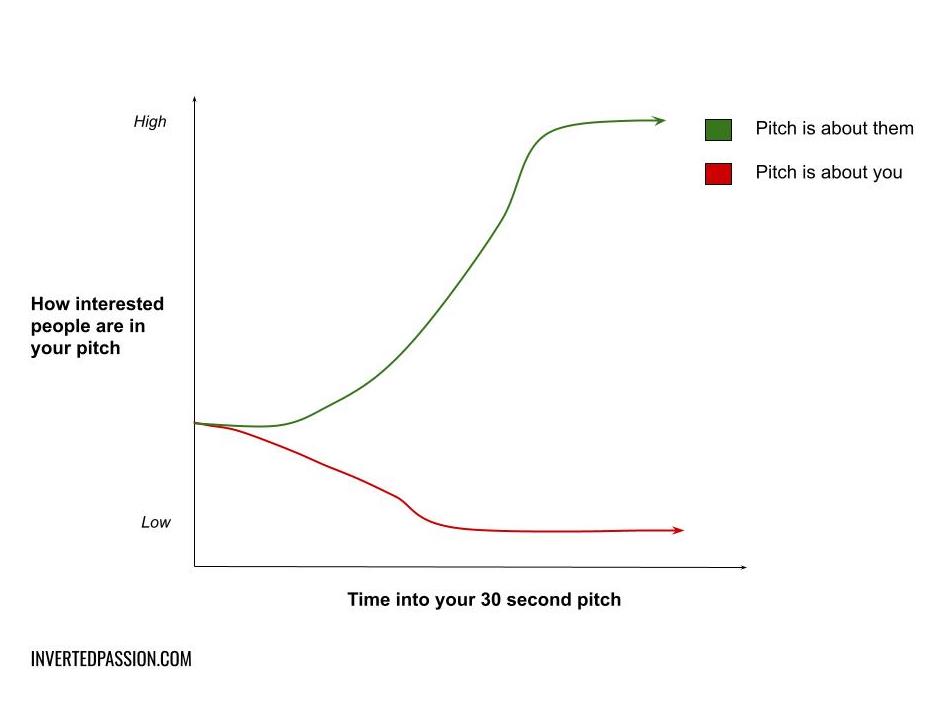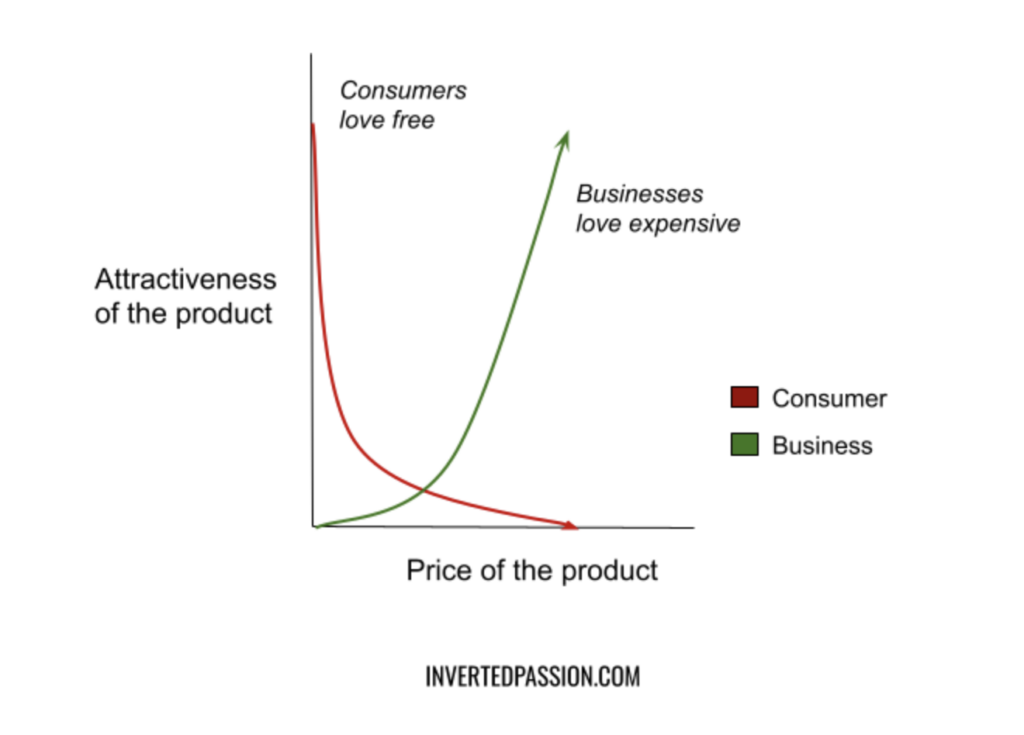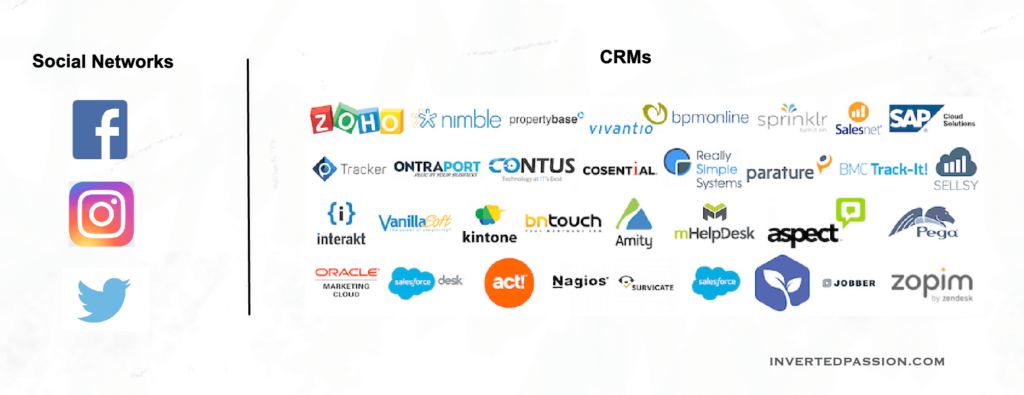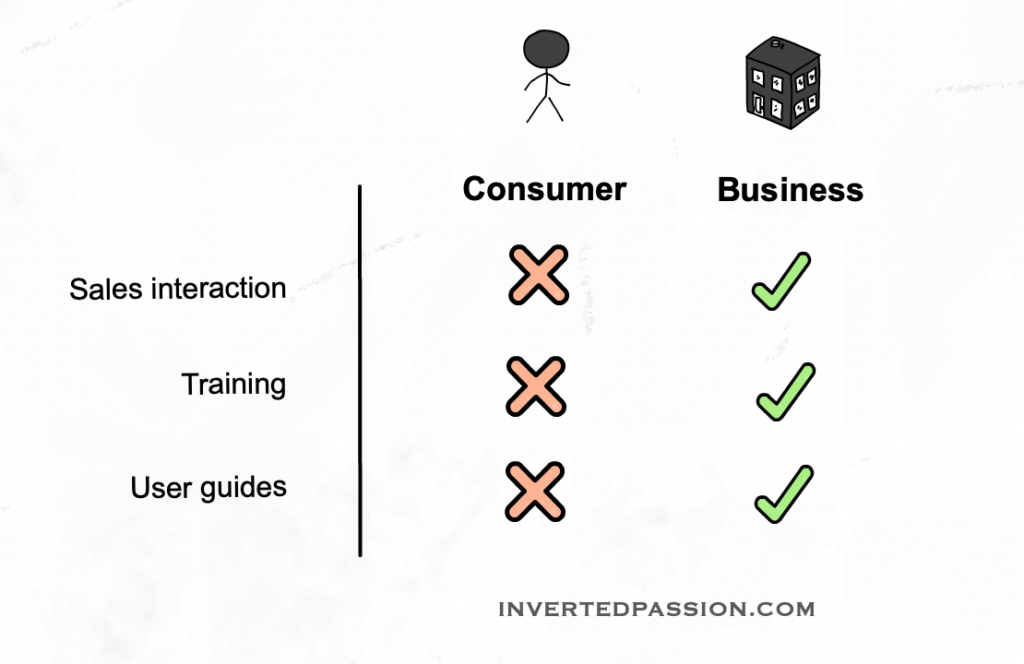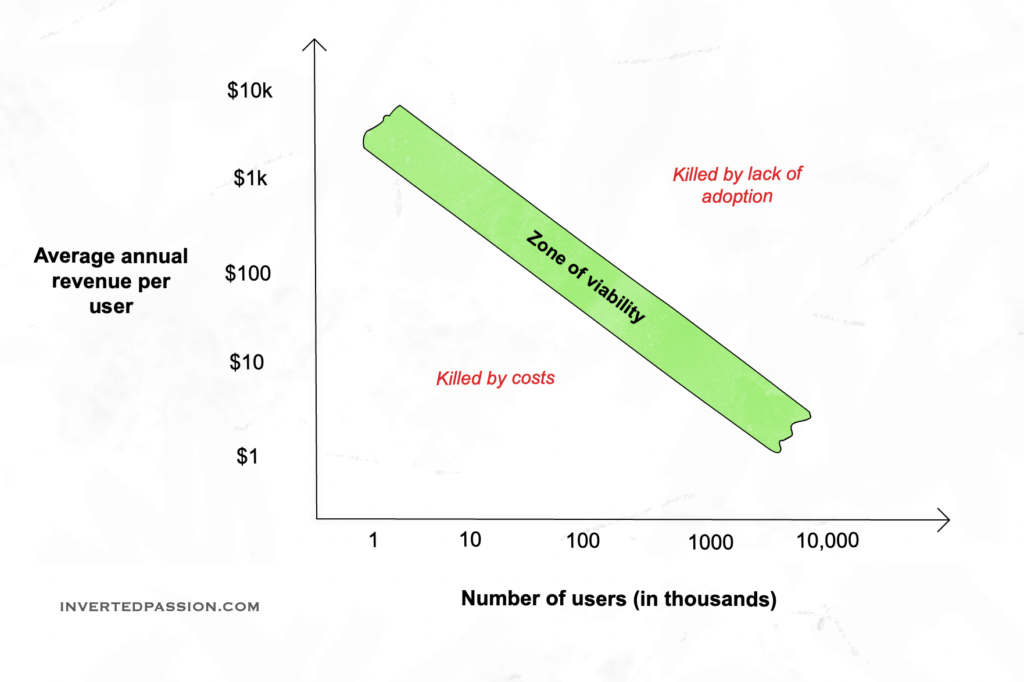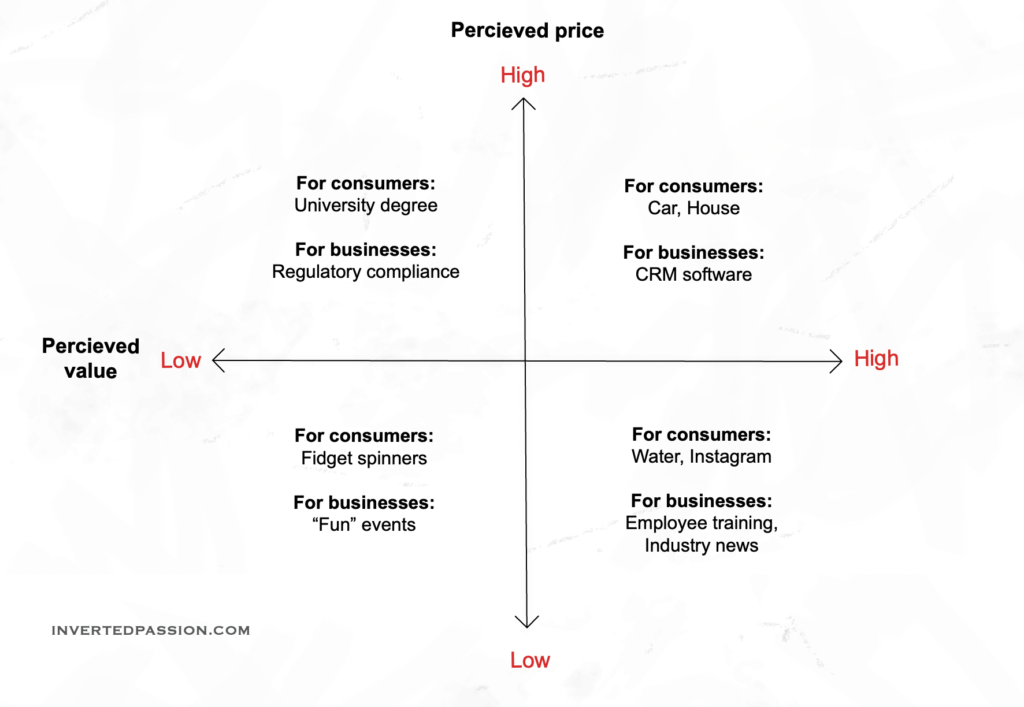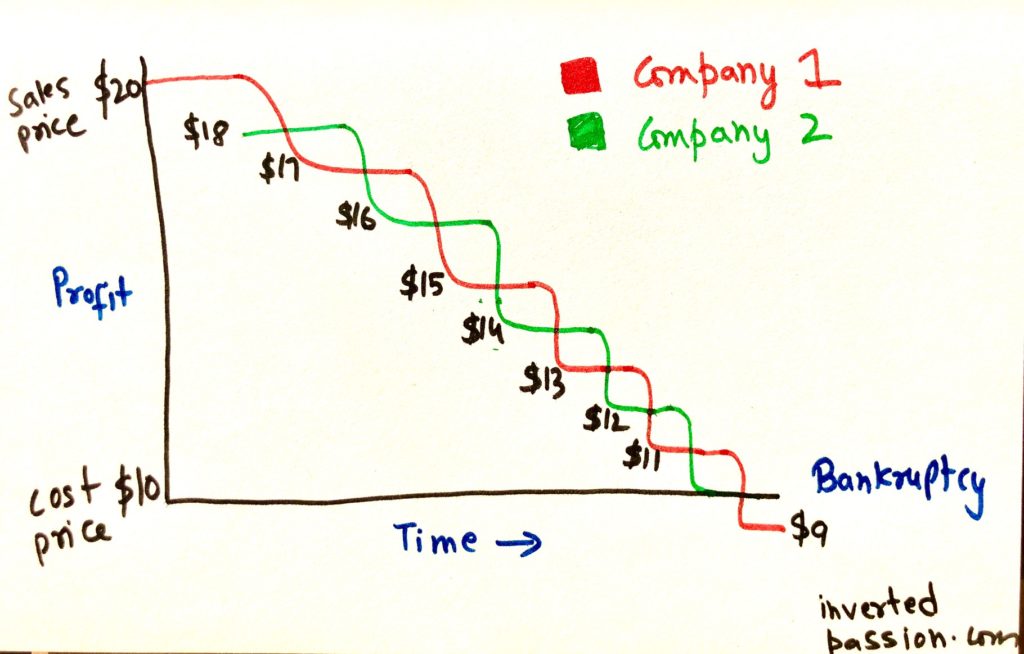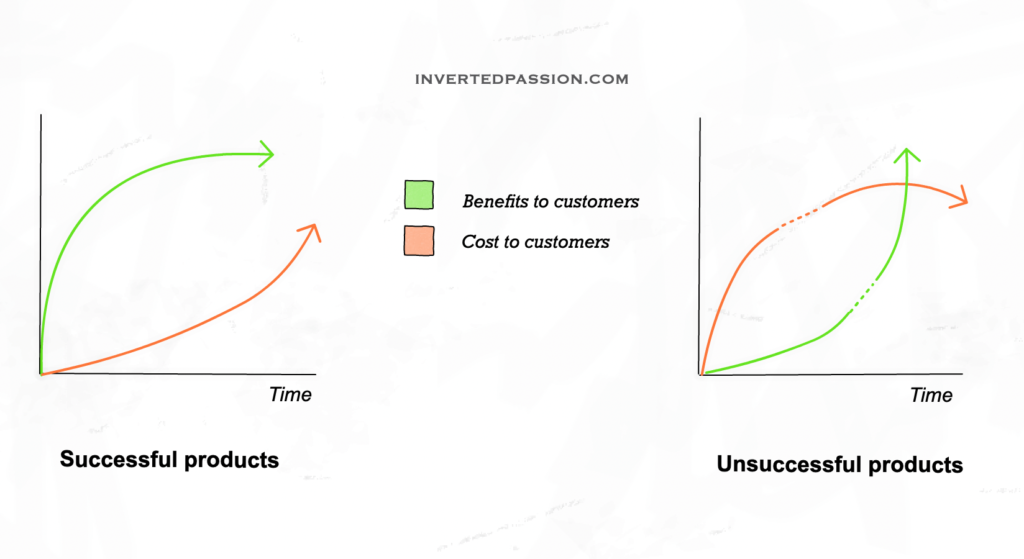Journalists don’t get excited about new products and features the same way an entrepreneur gets.
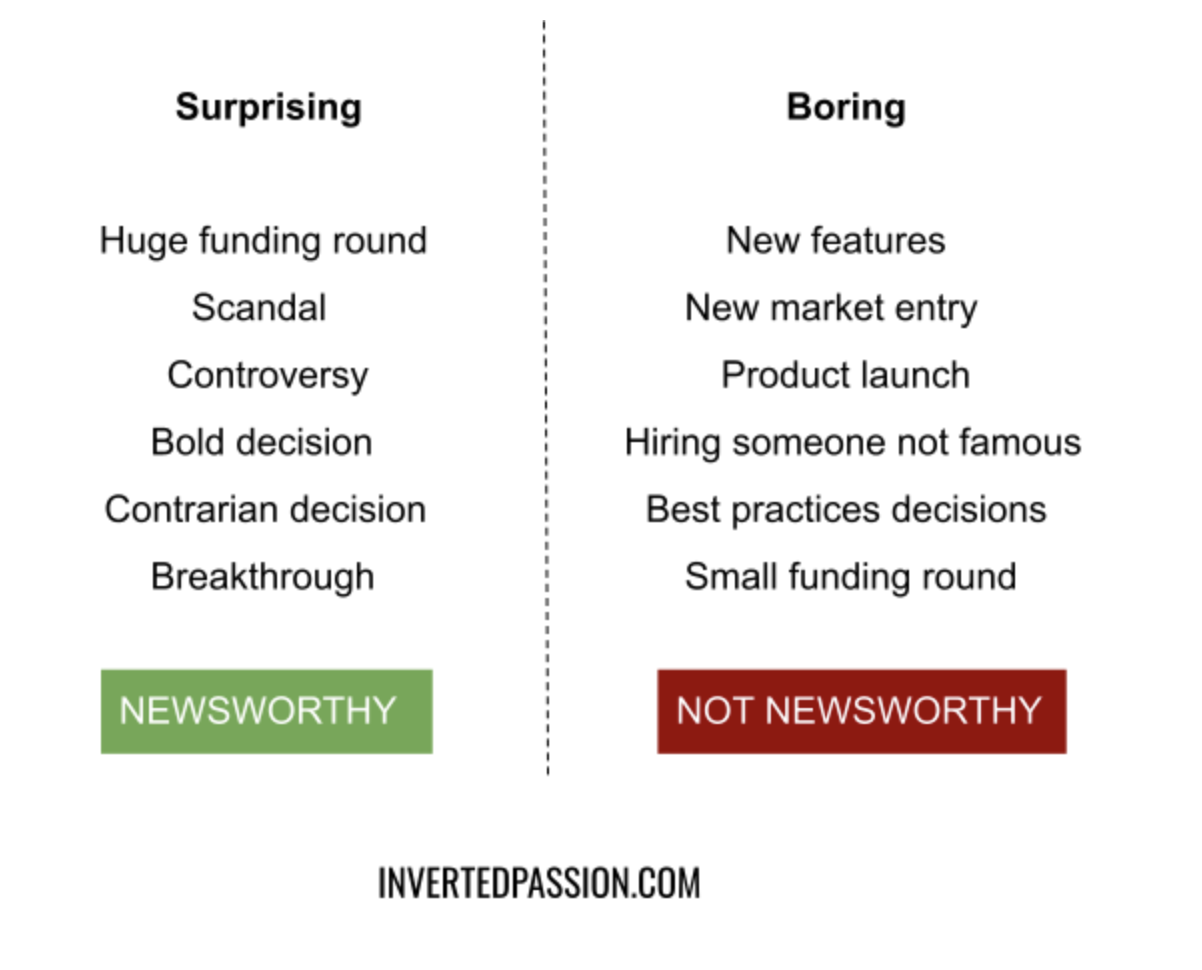
This is because:
- First, a journalist gets hundreds of pitches every day and a particular product launch announcement is no different than the many hundreds of launch announcements sitting her inbox.
- Second, aliens visiting Earth is news but your product’s new feature is certainly not news.
News is something that caters to basic human curiosity about the new and surprising. There is a reason why one death in a tragic car accident gets covered as news but thousands of deaths every day due to preventable diseases in poor countries don’t make it into the news. The former is surprising. People want to know how that particular accident happened. The latter is a statistic, a daily occurrence that people are familiar with and after a while becomes pretty boring to read. ...
